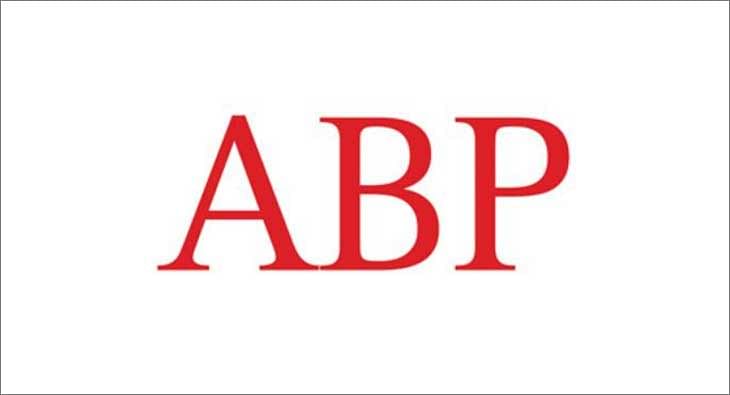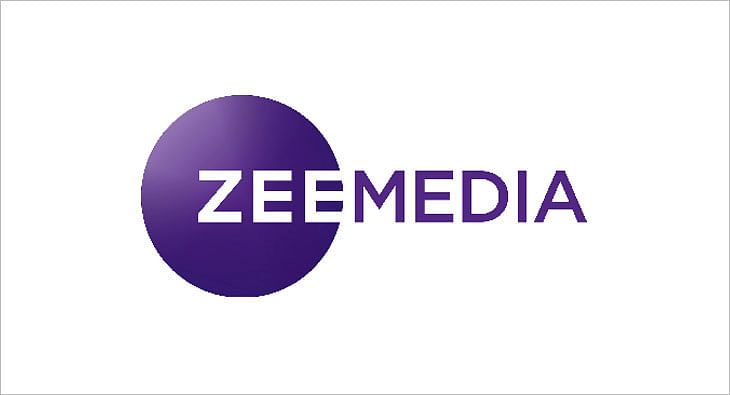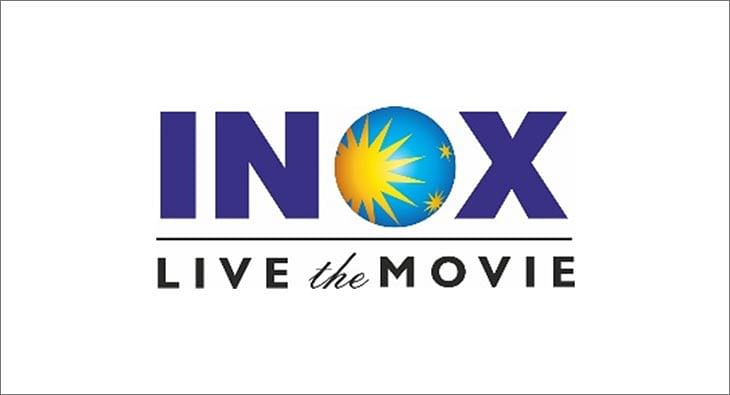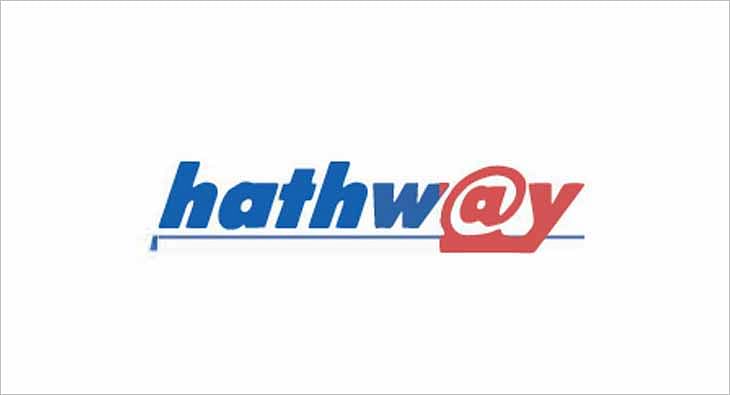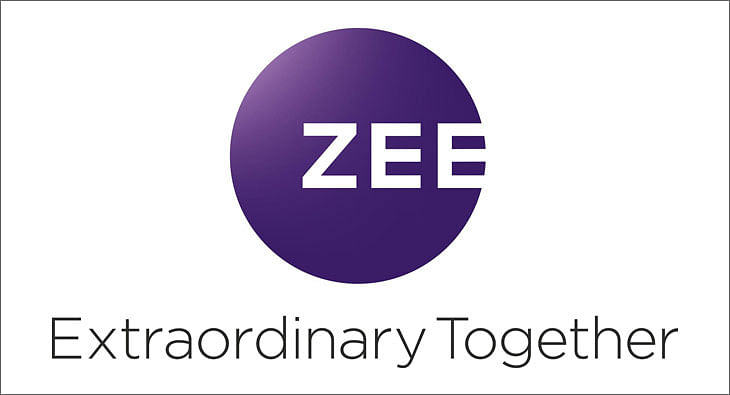Vivid: Leveson Report – Does it serve its purpose?
On one hand the report’s curtailment maybe necessary but it can also be an obtuse way to muzzle the media, says Annurag Batra of exchange4media

Last month, the Leveson Report was published in the United Kingdom, a review of the general culture and ethics of the British media, along with recommendations for a new, independent, body to replace the existing Press Complaints Commission. The PCC’s replacement would be ‘lent teeth’ with a set of new laws.
What began with the conviction of the then ‘News of the World’ royal editor Clive Goodman and private investigator Glenn Mulcaire in the famous phone-hacking case, has come a long way – today the British Press has Lord Justice Leveson with his 1,987-page report of nine months of hearings which clearly wants a new system underpinned by statute.
Leveson wants the Press to establish an organisation for itself to set its own standards, form a redress system for victims of misreporting and create punitive measures with a new arbitration process recognised by the British judiciary system.
The organisation, with the principal mandate to ensure that a free Press does not abuse its freedom, will be autonomous, independent from the industry as well as the government. To ensure that, the organisation will be powerful – a statutory body – for everyone from the industry to join.
According to ‘The Observer’ editorial, “Leveson believes this must be backed by law – to ensure that it lasts, that everyone joins and that powerful incentives to join up are provided. Newspapers' freedom of speech would become legally guaranteed as in the US’s first amendment. To run its arbitration process – in effect a court – the Press trust must have legal powers to arbitrate and settle defamation disputes quickly and much more cheaply than under the current system, in particular becoming exempt from costly exemplary damages. Newspapers would have the legal right to protect their sources. These are all valuable gains.”
To an extent one is clear what Levson wants. For one, he proposes that all privately-owned organisations – in this case the private media – be not only the provider of information to the masses but also stand with the masses in consuming the information. Secondly, he wants the free Press to be accountable too, where it has prescribed its own set of regulations.
Towards this, as Shammi Chakrabarti, one of the six advisers assisting the Leveson Inquiry, says, it would mean “a compulsory statute to regulate media ethics” and the Press being “coerced in being held to higher standards than anyone else”.
One can understand why such a curtailment becomes necessary, be it the ‘News of the
World’ phone-hacking case or our own Radia tapes where journalists are alleged to have ‘used’ news for their personal interests, and of course, paid news. By these, it would seem that not all ‘facts’ printed are necessarily true or plain reportage, and some journalists, newspapers and TV news channels are culpable of abusing the ability to report, putting famous people against the wall, abusing the freedom of Press, staging sting operations for
blackmail, and taking the law keepers to task on flimsy, unfounded and concocted grounds.
In the truest of sense, all these tantamount to misinformation.
At the same time, there are those who say that the Leveson Report is nothing else but an obtuse way for trying to muzzle the media. Even British Prime Minister David Cameron has told MPs that “we should think very carefully before crossing this line…the danger is that this would create a vehicle for politicians to impose regulations on the Press”.
In his report, Leveson has said that neither editors nor politicians should be part of the new independent body, which would be empowered to impose fines of up to £1 million on newspapers found guilty of breaking the standards code. He has also said that the proposed regulatory model “should not provide an added burden to the regional and local press” which, according to him, is praiseworthy of making an ‘unparallelled’ contribution to local life.
‘The Observer’ says the Leveson Report “leaves open the possibility of the industry developing more than one model of Press regulation. It would be possible, say, for some newspapers, the regional Press, some magazines and online news organisations to create their own independent Press trust backed by law – and those publications that did not want to be part of it to create their own self-regulatory body but which would attract none of the immunities and advantages”.
One wonders who will take the time off to identify and create the fine line between the regional and the national Press. Even if one is able to do so, would it not further divide, disintegrate and marginalise the Press on regulatory grounds?
‘The Daily Beast’ points out that the United Kingdom has no equivalent of the First Amendment of the United States, and that the “British press is already heavily regulated and home to some of the most onerous libel laws in the Western world”. The portal that professes to combine the depth and investigative power of the ‘Newsweek’ magazine, says that “Leveson believes that Britain’s press requires further intervention, offering this worrisome — and worryingly vague — recommendation: Interference with the activities
of the media shall be lawful only insofar as it is for a legitimate purpose and is necessary in a democratic society, having full regard to the importance of media freedom in a democracy”.
Lord Justice Leveson has also made some pretty angry too – and concerned. ‘Spiked-online.com’, in its ‘counter-Leveson inquiry’ column ‘Standing Up for Press Freedom’, is vehement in stating that “it is alarming that, in a country where the poet John Milton demanded freedom of the press more than 350 years ago, and where many other writers and activists subsequently fought tooth-and-catapult to expel state forces from the worlds of writing and publishing, so many should now acquiesce to an inquiry which gives a judge and his chums the power to tell the media what its morals should be.
The conformism amongst the targets of the inquiry – that is, the Press – is even more shocking than the cockiness of the organisers of it, those figures of authority who seem to have forgotten that the Press is supposed to investigate them, not vice versa.”
I feel that the hysteria about the Press in the UK has more to do with a fire stoked by politicians, the social media regulars and serious journalists than the tabloids -- whose wings the Leveson Report actually wants to clip – themselves. And be warned. This could set a precedent for all Britain’s battered institutions, publicly distrusted and questioned, to
spark inquiries.
I’d like to question what's so unethical about tabloids? For, casting all of them in the mould of the ‘News of the World’ is generalising it a bit too much. And if you are really keen to put the tabloids in their place, you need to look at the paparazzi too. Worse, Leveson is a process of creating a Licence-and-Regulatory Raj whose spill-over to ‘serious journalism’ –
which reports misdoings in governance, in political corridors and under the public’s very nose – is bound to happen.
What are the implications and learnings for Indian media from Leveson Report? Do we need Leveson Report kind guidelines in India? Does the Press Council need to be given more teeth?
Is Indian media becoming like British tabloids? Is yellow journalism becoming a rule rather than an exception?
Let’s just say that tabloid or the serious media, freedom of the Press is not to be meddled with. There are necessary evils and perhaps the Press worldwide has been the most vocal about the evils that lurk within it.
Freedom is not always about the ethical and the unethical, it is also about weighing one against another. And invariably, the ethical wins. You don’t need a Leveson Report for that.
Read more news about (internet advertising India, internet advertising, advertising India, digital advertising India, media advertising India)
For more updates, be socially connected with us onInstagram, LinkedIn, Twitter, Facebook Youtube & Whatsapp
You May Also Like
HT Media posts Consolidated Total Revenue of Rs 580 crore in Q2
Chairperson and Editorial Director Shobhana Bhartia says due to lower commodity prices and control on costs there has been an improvement in operating profit
HT Media has posted a Consolidated Total Revenue for Q2, 2020 at Rs 580 crore.
As per a statement released by the company, EBITDA for Q2’20 increased by 139%, and margins at 14% vis-à-vis 6% in previous year. This has been driven by softening of newsprint prices and continued focus on cost.
The Net Cash position at a consolidated level continues to be strong.
The Print ad revenue has declined due to sluggish volumes, even as yields have improved. National advertising continues to be soft, although local advertising witnessed growth.
Savings in raw material costs have driven improvement in EBITDA margins.
Chairperson and Editorial Director Shobhana Bhartia said, “Slowing economic growth has hit advertising spends in key categories, putting pressure on revenues across the media industry. As a result, our Print and Radio (on like to like basis) businesses saw revenues dip as compared to a year-ago. However, thanks to lower commodity prices and a tight control on costs, we saw an improvement in our operating profit. On the digital front, Shine, our online recruitment portal has shown good progress and continues to grow. Our outlook for the coming quarter remains cautious, given overall economic sentiment and macroeconomic trends. Cost-control and falling commodity prices should help protect our margins.”
Read more news about (internet advertising India, internet advertising, advertising India, digital advertising India, media advertising India)
For more updates, be socially connected with us onInstagram, LinkedIn, Twitter, Facebook Youtube & Whatsapp
ABP Group posts Rs 15.70 crore as net profit in Q1 FY20
The group’s total operating income stands at Rs 365.55 crore
ABP Group has posted a net profit of Rs 15.70 crore in the first quarter of FY20, as per media reports.
The group’s total operating income stands at Rs 365.55 crore.
It’s net profit for the fiscal ended March 31, 2019, was down 68% to Rs 31.90 crore compared to the previous fiscal.
The Profit Before Interest Lease Depreciation and Tax (PBILDT) has also dropped 53.52% to Rs 107.12 crore.
The group has six news channels - ABP News (Hindi), ABP Ananda (Bengali) ABP Majha (Marathi) and ABP Asmita (Gujarati), ABP Sanjha (Punjabi) and ABP Ganga (Hindi).
Read more news about (internet advertising India, internet advertising, advertising India, digital advertising India, media advertising India)
For more updates, be socially connected with us onInstagram, LinkedIn, Twitter, Facebook Youtube & Whatsapp
Zee Media posts consolidated revenue of Rs 137.03 crore for Q2 FY20
ZMCL has recorded 4.4% growth in operating revenue for first half of FY20
Zee Media Corporation Ltd (ZMCL) has posted a 4.4 per cent growth in operating revenue to Rs 337.6 crore in the first half of FY20, as per media reports.
It has reported a consolidated revenue of Rs 137.03 crore for Q2 FY20.
In a statement, ZMCL has said: “During the quarter, the network expanded its footprint s into Southern India through the launch of Zee Hindustan in Tamil and Telugu languages. This is intended to make the network's content accessible to wider audience.”
The operating expenditure in Q2FY20 has dropped by 21.7 per cent.
The statement further said: “EBITDA for HlFY20 improved by 34.1 per cent to Rs 1,029 million from Rs 767.5 million EBITDA for H1FY19, while the same declined by 9.4 per cent to Rs 370.2 million from Rs 408.7 million for the corresponding period last financial year. EBITDA Margin grew from 23.7 per cent in H1FY19 to 30.5 per cent in HlFY20, while growing from 24.2 per cent in Q2FY19 to 27 per cent in Q2FY20.”
Read more news about (internet advertising India, internet advertising, advertising India, digital advertising India, media advertising India)
For more updates, be socially connected with us onInstagram, LinkedIn, Twitter, Facebook Youtube & Whatsapp
No slowdown here: In-cinema ad rates up by at least 50% for 3 big Diwali releases
Housefull 4, Made In China and Saand Ki Aankh ready to hit the silver screen this week, with the hopes of giving brands the eyeballs they look for in theatres
It’s that time of the year again when theatres gear up to pocket maximum gains. Diwali is here and there are three films ready to hit the silver screen this week--Housefull 4, Made In China and Saand Ki Aankh. The festive period brings much joy to exhibitors, distributors and theatre owners because it ensures footfalls, giving brands the eyeballs they look for. In fact, industry experts don’t feel that economic slowdown this year has impacted in-cinema advertising. While they are concerned about three movies clashing during Diwali, they predict 50-100 per cent rise in ad rates during this period.
Advertising moolah
Mohan Umrotkar, CEO, Carnival Cinemas, is expecting 60-70 per cent surge in advertisement topline compared to last year. “Going by the buzz and advance booking for these three releases, market is bullish. Advertisers have blocked most of the advt-slots during the festival period. Housefull 4, Made In China and Saand Ki Aankh all combined together should generate around Rs 350 crore topline at the box office during the festival week. We are expecting 60-70 per cent surge in the advertisement topline from last year. Also, this year we have added around 14 per cent new advertisers, and 4 per cent of them are first-time cinema advertisers,” he says.
But according to Siddharth Bhardwaj, Chief Marketing Officer - Head of Enterprise Sales, UFO Moviez, things have changed a lot in the last couple of years. “Since some films have not really lived up to their expectation, advertisers are spreading the spends all through the year. They are picking up far more number of titles in the year rather than focusing only on Diwali or Eid.”
“It is good for the industry because you can monetise the inventories beyond just big weeks. A lot of content- driven films have come up which has given us the opportunity to monetise more markets. It has put lesser pressure on Diwali. Most of the cinemas are sold out for Diwali. It becomes difficult to accommodate everything,” Bharadwaj opines. He also reveals that for this week, the inventories are already full.
Diwali ad rates
Experts reveal that ad rates differ from property to property and depends on location as well. But Diwali surely sees a massive hike in rates. This year, theatre owners are expecting 100 per cent rise in ad rates. While Umrotkar revealed that for Diwali, they are charging 100 per cent higher than the regular card rates, Girish Johar, trade analyst and film producer, shared that even the rates for putting up kiosks of brands go up during festivals like Diwali.
“It’s based on property. On a ballpark, ad rates double up. So if you are putting up a kiosk, they charge say Rs 50,000-25,000 for a month. During Diwali, they charge almost double because of the kind of footfalls theatres witness,” Johar revealed.
Economic slowdown? Not for Cinema!
This year, brands have been pulling back their spends on other mediums due to economic slowdown, but cinema seems unaffected. Calling entertainment business recession-proof, Johar explains, “If you see the other side, box office is up by 15-20 per cent. Yes, it is a bit subdued because the brands are in a wait-and- watch scenario. They are increasing their focus around consumption rather than awareness.”
Bharadwaj too seconded it by saying, “These are challenging times but our medium is very efficient. If you see economy has slowed down, but the cinema has grown instead.”
Clash cover
Three movies are clashing this Diwali which means shared screens and box office gains.
“It’s never good for us when two or more big-ticket films release together. If they would have come on different dates, there are chances that more advertisers will take advt. inventory in those weeks separately instead of that one particular week,” shares Umrotkar.
Read more news about (internet advertising India, internet advertising, advertising India, digital advertising India, media advertising India)
For more updates, be socially connected with us onInstagram, LinkedIn, Twitter, Facebook Youtube & Whatsapp
INOX Leisure Ltd sees 42% growth in total revenue
Profit After Tax up 327% to Rs 51 crore
INOX Leisure Ltd (INOX) has reported financials for the second quarter ending September 2019.
Its total revenue has risen to Rs 524 crore with a 42% growth from Rs 369 crore in the corresponding quarter in FY19. Its EBITDA has more than doubled to Rs 107 crore with a 121% growth, while the PAT stood at an impressive Rs 51 crore, up 327% from previous year’s second quarter.
Siddharth Jain, Director, INOX Group, said: “At INOX, setting new benchmarks is now a routine, thanks to our consistently sharp focus on luxury, service and technology and our uncompromised desire to offer our patrons, nothing but the latest and the best! We are delighted with our remarkable consistency on all parameters, and we are sure about maintaining the momentum and focus on innovativeness. Content once again proved that why we term it as the ‘hero’. Thanks to the creators of such spellbinding movies, which keep inviting our guests to our properties, and allowing us to pamper them with our signature hospitality. With the launch of Megaplex, we are delighted to further our endeavor of developing experience-driven cinema destinations of global standards, and we will continue to do so. On behalf of Team INOX, I assure all our stakeholders that we will continue to break barriers and exceed all expectations.”
Read more news about (internet advertising India, internet advertising, advertising India, digital advertising India, media advertising India)
For more updates, be socially connected with us onInstagram, LinkedIn, Twitter, Facebook Youtube & Whatsapp
Hathway Cable & Datacom reports 100% subscription collection efficiency in Q2
The broadband subscriber base has increased from the previous quarter’s 840,000 to 860,000
Hathway Cable and Datacom has reported subscription collection efficiency at 100%, and the broadband subscriber base has increased from previous quarter’s 840,000 to 860,000 in quarter ending September, as per media reports.
It has narrowed its consolidated net loss by 74% and the operating EBITDA has been reported 15% up to Rs 107.5 crore compared to Rs 93.1 crore a quarter ago.
The total income has dropped 2%, while the expenditure is down 6%.
In the financial results, the company has said the FTTH markets are leading growth in customer acquisition.
Read more news about (internet advertising India, internet advertising, advertising India, digital advertising India, media advertising India)
For more updates, be socially connected with us onInstagram, LinkedIn, Twitter, Facebook Youtube & Whatsapp
ZEEL posts 7.4% YoY growth in total revenue for Q2 FY20
ZEEL's domestic advertising revenue has grown 1.4% YoY in Q2FY20
Zee Entertainment Enterprises Limited (ZEEL) has reported a consolidated revenue of Rs 2,122 crore for the second quarter of FY20, recording a growth of 7.4% on YoY basis.
The Earnings Before Interest, Tax, Depreciation and Amortization (EBITDA) was recorded as Rs 692.9 crore with an EBITDA margin of 32.7%. PAT for the quarter was Rs 413.2 crore. The Profit After Tax (PAT) for the quarter was Rs 413.2 million, with a growth of 6.9% YoY.
During the second quarter, ZEEL’s consolidated advertising revenue grew by 1.2% YoY to Rs 1,224.7 crore. The domestic advertising revenues grew by 1.4% YoY to Rs 1169 crore.
ZEEL has posted 26.8% YoY growth in Q2FY20 domestic subscription revenue. ZEEL’s consolidated subscription revenue grew by 19.0% to Rs 723.5 crore during the quarter.
ZEEL’s total expenditure in Q2FY20 stood at Rs 1429.1 crore, higher by 9.9% YoY compared to Q2FY19.
While ZEE5 recorded a peak DAU (Daily Active User) base of 8.9 million in September 2019, ZEE5 users watched an average of 120 minutes of content on the platform in the same month.
During Q2 FY20, the television network had an all-India viewership share of 18.4%.
During the quarter, ZEEL’s international business revenue was Rs 208.2 crore. The advertising and subscription revenues for international business declined by 4.0% YoY and 21.5% YoY, respectively.
Zee Music Company has registered 7.1 billion views on YouTube in Q2.
Punit Goenka, Managing Director and CEO, ZEEL, said, “I am pleased with the performance we have exhibited during the quarter. Our entertainment portfolio continues to grow from strength to strength across all formats and maintained its leading position. Our television network has emerged stronger post the implementation of tariff order on the back of a strong customer connect and brand pull of its channels. ZEE5 continued to gain traction across audience segments and markets, driven by its compelling content library and expanding list of partnerships across the digital eco-system. This strong operating performance allowed us to deliver industry leading growth in both advertising and subscription despite the tough macro-economic environment. Domestic subscription growth of 27% has reaffirmed the value proposition our television network has built over the years. The impact of tariff order has now largely settled down and has brought increased transparency along with improved monetization. Our domestic advertising revenue growth, though significantly lower than historical trend, is higher than the industry growth. We have witnessed an improvement in ad spends through the quarter and we believe that the onset of festive season along with measures taken by the government will help revive the consumption growth.”
Read more news about (internet advertising India, internet advertising, advertising India, digital advertising India, media advertising India)
For more updates, be socially connected with us onInstagram, LinkedIn, Twitter, Facebook Youtube & Whatsapp




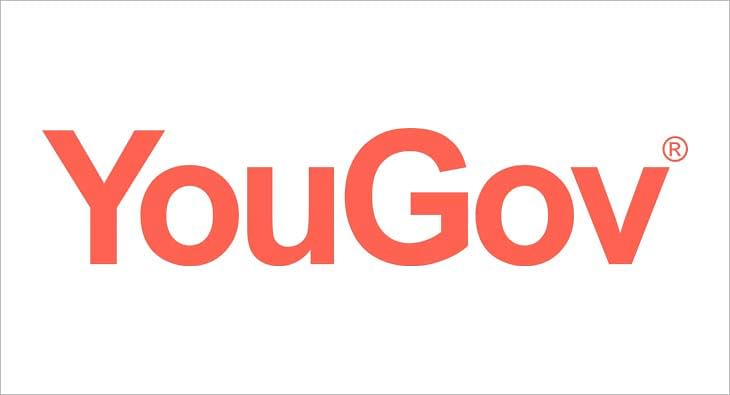
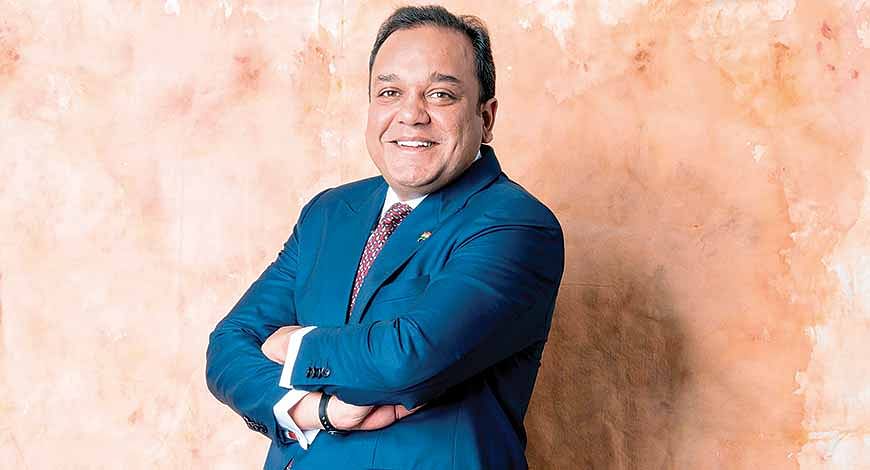
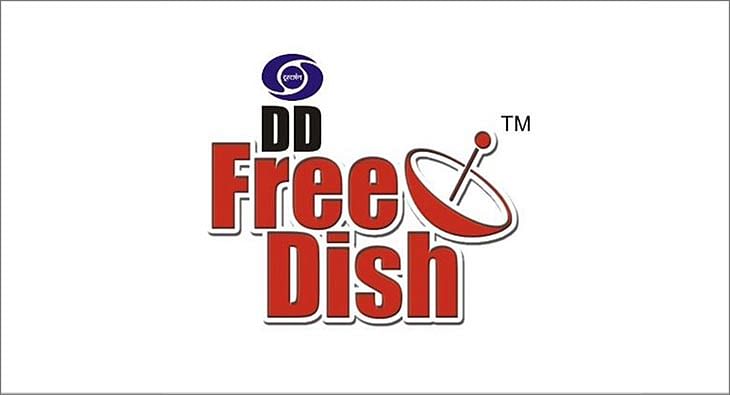







 Share
Share